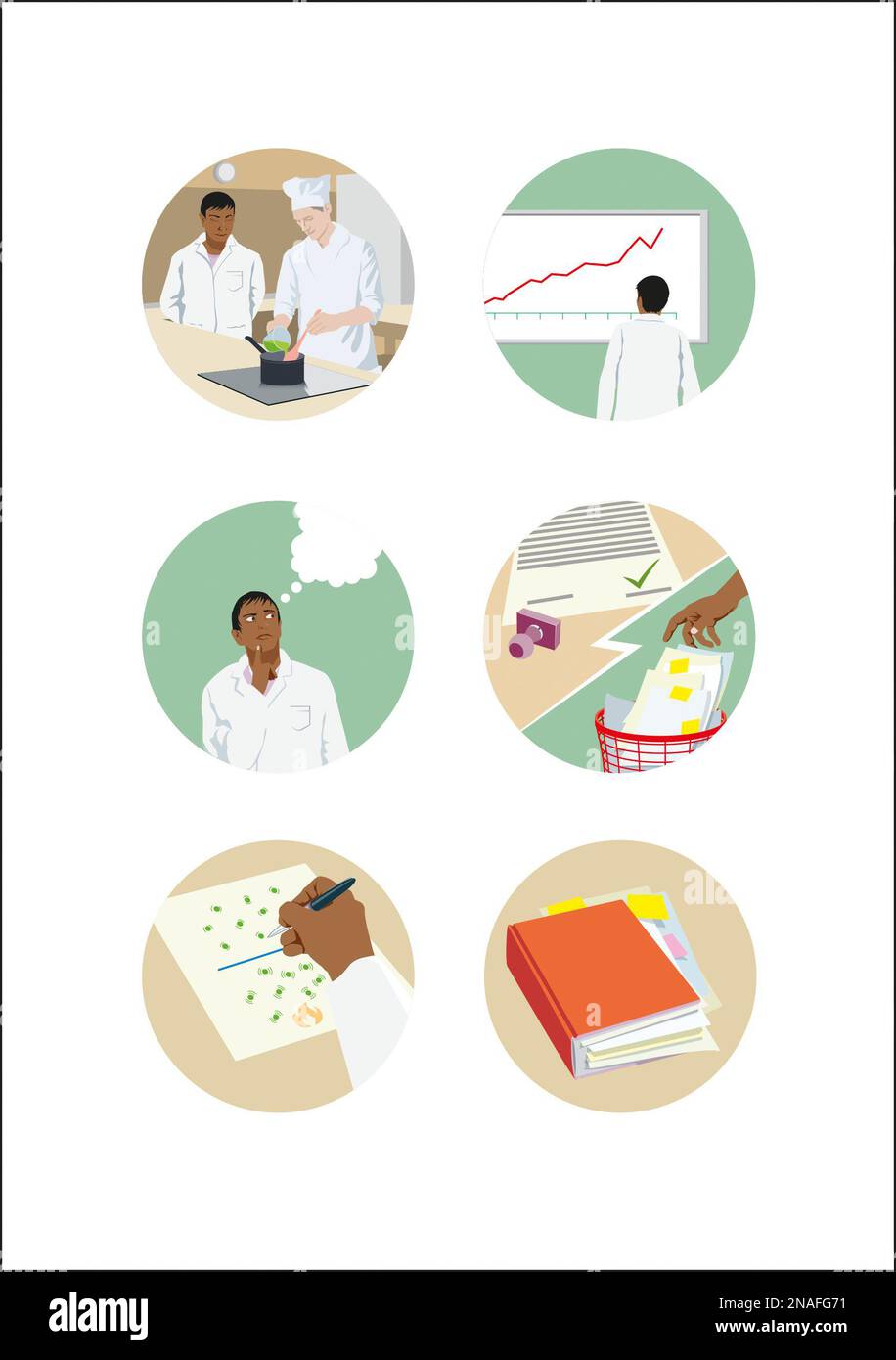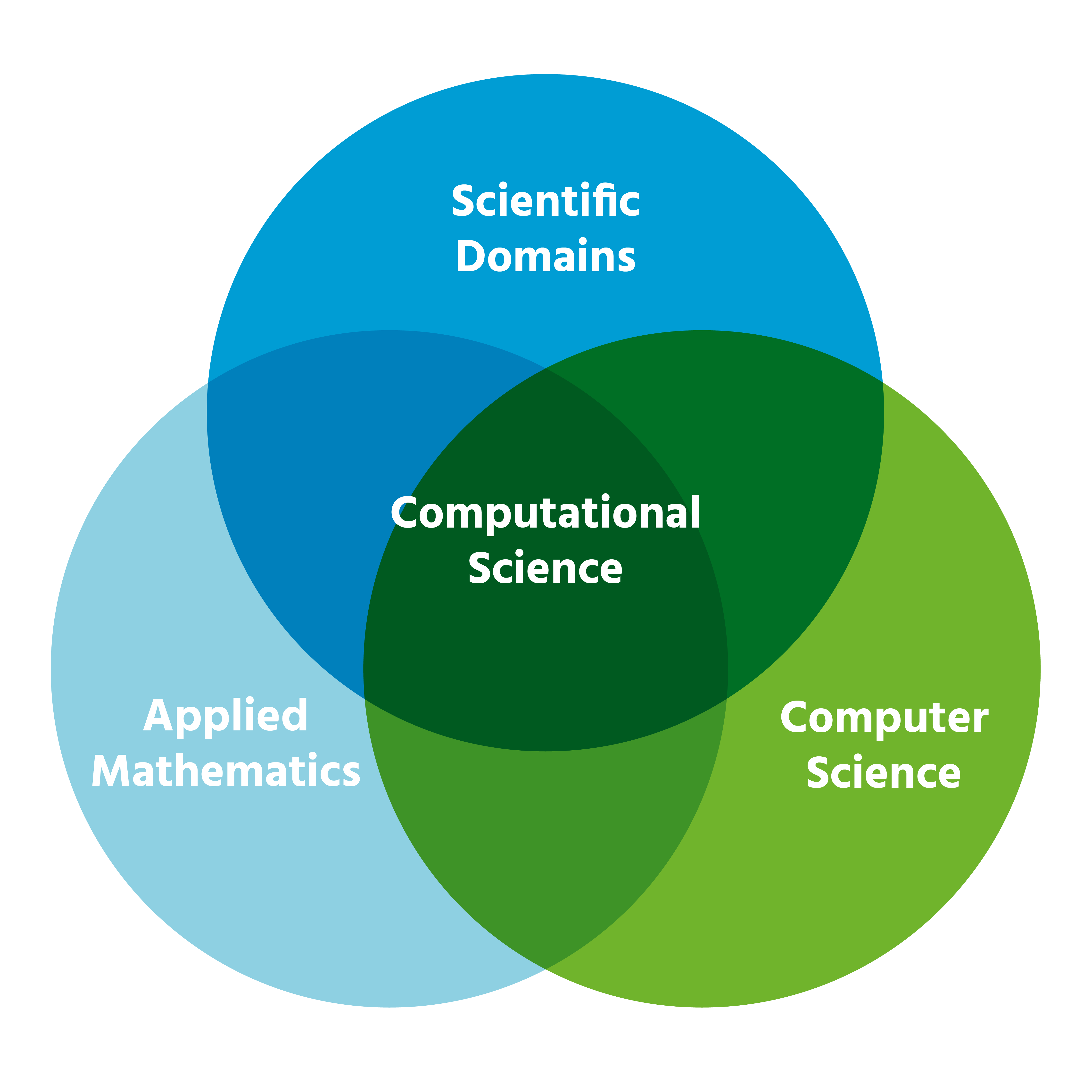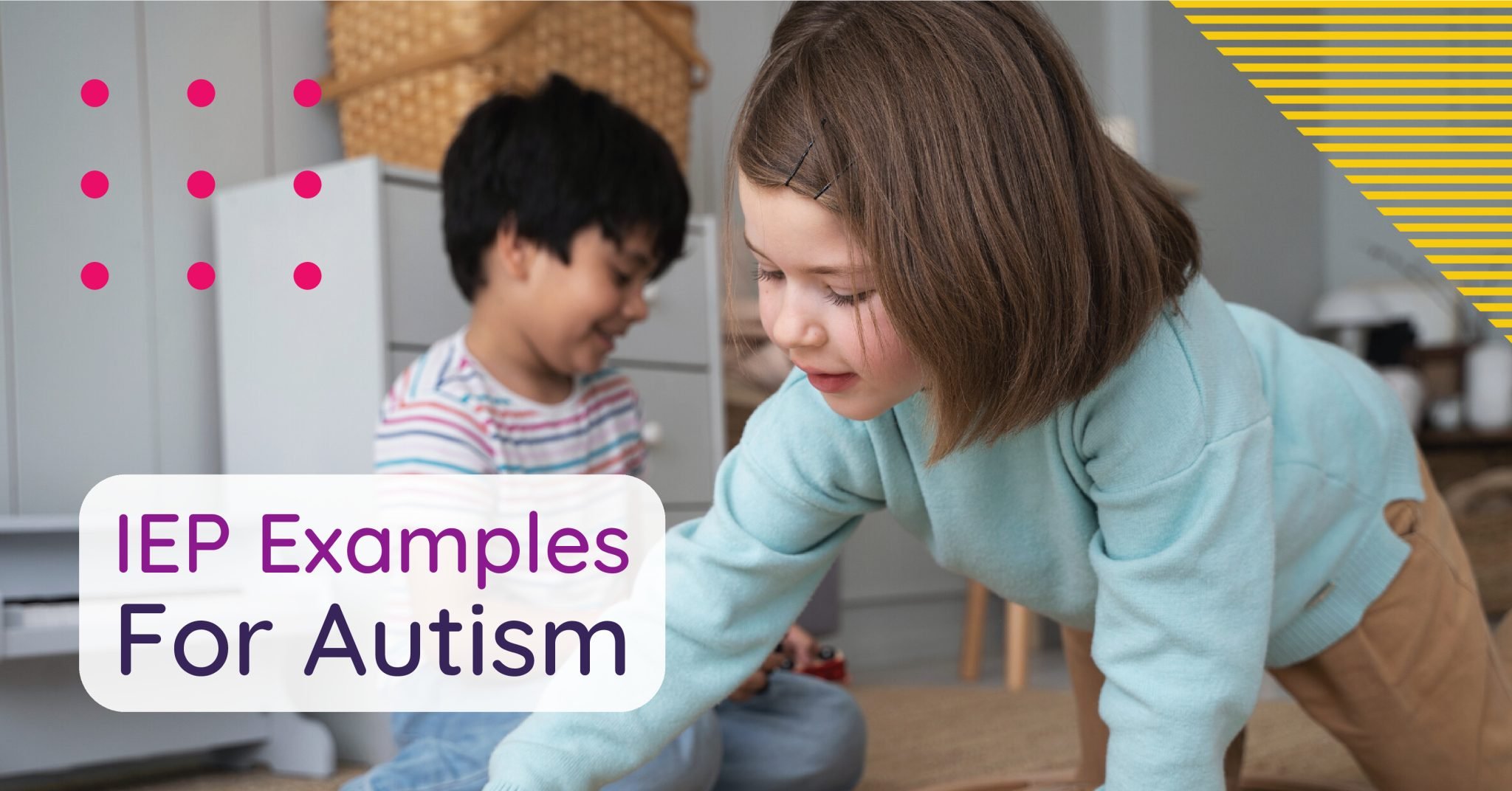Understanding the Most Accurate Statement About General Education Policy: Trends, Challenges, and Access
Introduction
General education policy in the United States is a dynamic, multifaceted domain that shapes opportunities for millions of students. Determining the most accurate statement about general education policy requires examining current federal and state priorities, funding mechanisms, ongoing debates, and the implications of proposed reforms. This article provides a comprehensive overview of the current landscape, actionable guidance for accessing available programs, and a critical look at recent policy proposals shaping the future of education.
What Makes a Statement About General Education Policy Most Accurate?
The most accurate statement about general education policy is that education in the U.S. is primarily a state and local responsibility, but federal policy, funding, and oversight play a critical role in shaping access, equity, and accountability . Over recent decades, federal initiatives have aimed to close opportunity gaps, support vulnerable populations, and ensure that all students receive a high-quality education, while states have experimented with reforms to address workforce needs and local priorities [5] . However, significant debates continue over the extent and nature of federal involvement, funding levels, and the best ways to ensure equitable educational outcomes [3] .
Current Federal and State Education Policy: Funding and Priorities
Federal education policy, as of fiscal year 2025, emphasizes targeted investments to support students in high-poverty communities, improve academic outcomes, and promote equity. The U.S. Department of Education’s budget request includes:
- $18.6 billion for Title I -supporting 90% of school districts, targeting funding to schools serving low-income students.
- $8 billion over five years -to increase student attendance, provide high-dosage tutoring, and expand out-of-school learning opportunities.
These investments aim to narrow funding gaps, accelerate learning, and address opportunity disparities, building on programs like the American Rescue Plan [2] . Policymakers also continue to prioritize initiatives such as career and technical education, workforce readiness, and expanding access to early childhood programs at the state level [5] .
Major Policy Proposals and Their Implications
Recent policy proposals, such as those in the “Project 2025” agenda, present a starkly different vision for federal education policy. Key recommendations include:
- Eliminating the U.S. Department of Education
- Ending Title I and Head Start funding
- Transferring federal education programs to state control with minimal oversight
- Privatizing student loans and expanding private school choice
- Rescinding federal civil rights protections and enforcement
Proponents argue these changes would “empower students and families” by reducing federal bureaucracy. However, critics warn that these measures would destabilize public education, exacerbate inequities, eliminate protections for vulnerable students, and result in the loss of vital services for millions of children [1] [3] [4] .
How Policy Changes Could Affect Students and Families
Eliminating federal education funding and oversight would disproportionately affect students in low-income communities. For example, ending Title I funding would jeopardize academic support and staffing for 2.8 million of the nation’s most vulnerable students, worsening teacher shortages and limiting access to quality instruction [4] . Similarly, eliminating Head Start and universal free school meals would remove critical resources for children facing food insecurity and early learning gaps.
State-level control without federal standards could also lead to greater disparities in educational quality and content. Recent examples include state mandates for religious instruction or displays, illustrating how local control can produce highly variable curricula and experiences [3] .

Source: thegoodocs.com
Accessing Federal and State Education Programs: Step-by-Step Guidance
For families and educators seeking to access available supports:
- Identify your local school district’s resources : Visit your district website or contact the administrative office for information on Title I, free/reduced lunch, tutoring, and after-school programs.
- For federal funding and assistance : The U.S. Department of Education maintains updated information on available grants and supports. If seeking financial aid for college, use the official FAFSA portal (studentaid.gov) for verified applications.
- For early childhood services like Head Start : Use the official Head Start locator to find local programs. For universal free meals, check with your school nutrition office for eligibility and application steps.
- For special education and disability services : Contact your school’s special education coordinator or the state Department of Education for information on the Individuals with Disabilities Education Act (IDEA) supports.
- If policy changes threaten program availability : Stay informed through reputable education news outlets and advocacy groups. Engage with local school boards and state representatives to express support for continued funding and oversight.
Always verify that you are using official government websites or contacting recognized agencies. If you are unsure, search for the agency or program name along with your state or district to find the correct resources.
Trends Shaping State Education Policy
States are increasingly focused on aligning education with workforce development, emphasizing career and technical education (CTE), and expanding access to real-world skills training. Governors in nearly every state have highlighted education as a top budget priority for 2025, unveiling initiatives to improve student readiness for the evolving economy [5] .
Examples include:
- Partnerships between high schools, community colleges, and employers for career pathways
- Efforts to close achievement gaps through expanded tutoring and summer learning
- Pilots for personalized learning and digital literacy
To access state-level programs, families and educators should:
- Review their state Department of Education website for updates on new initiatives
- Speak with school counselors about CTE and dual enrollment options
- Contact local workforce development boards for information on internships and apprenticeships
Potential Challenges and Solutions in Education Policy
Major challenges include persistent funding inequities, teacher shortages, political polarization, and debates over curriculum content. Solutions often involve:
- Advocacy : Engaging with policymakers to support equitable funding and accountability measures
- Community partnerships : Leveraging local organizations to provide wraparound services
- Continuous improvement : Using data and research to inform policy decisions and classroom practice
Alternative approaches, such as expanding school choice or block-granting federal funds, remain highly controversial and are likely to produce varied outcomes depending on local implementation and oversight [1] .
Summary and Key Takeaways
The most accurate statement about general education policy is that it is a constantly evolving field, shaped by the interplay of federal and state priorities, funding decisions, and competing visions for the role of government in education. Access to high-quality, equitable education depends on sustained support for vulnerable students, rigorous accountability, and ongoing adaptation to the needs of a changing workforce and society.
To stay informed, families, students, and educators should:

Source: docuclipper.com
- Monitor official Department of Education resources and state education agency updates
- Engage with local school boards and advocacy organizations
- Explore available support programs and understand eligibility requirements
- Participate in public discussions about proposed policy changes and their impacts
References
- [1] Brookings Institution (2024). “Project 2025 and education: A lot of bad ideas, some more actionable than others.”
- [2] U.S. Department of Education (2024). Fiscal Year 2025 Budget Summary.
- [3] First Focus (2024). “How Project 2025 would destabilize public education.”
- [4] National Education Association (2024). “How Project 2025 Would Devastate Public Education.”
- [5] National Governors Association (2025). “Education Themes in 2025 State of the State Addresses.”
MORE FROM searchhole.com













